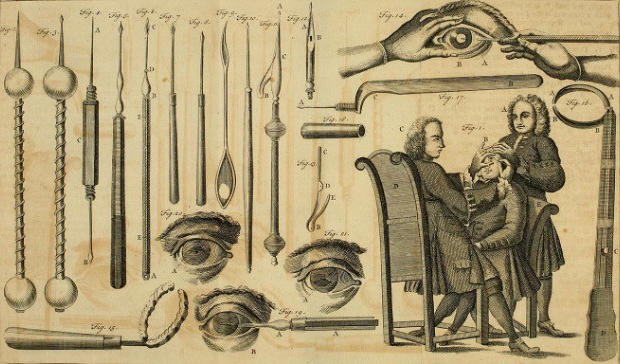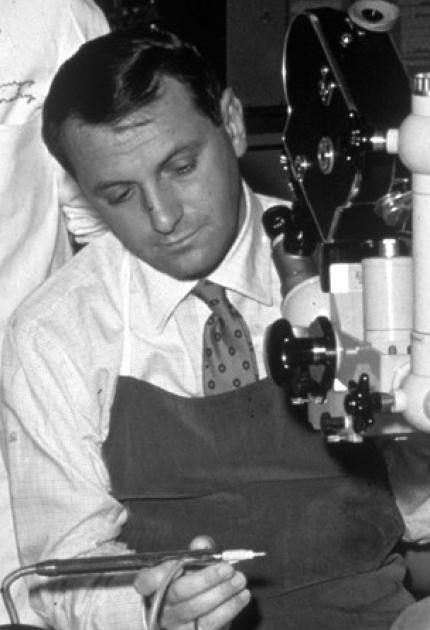Evolution of Cataract Surgery: Unveiling Ancient Origins
Cataracts, cloudy patches in the eye lens, have an intriguing history that dates back to ancient civilizations. The term “cataract” comes from the Latin word “cataracta,” meaning waterfall, likely inspired by the appearance of flowing water.
The earliest known case of a cataract comes from the 5th dynasty in ancient Egypt. A statue of a priest reader shows a white patch in the left eye’s pupil, proving cataracts were recognized and depicted long ago.
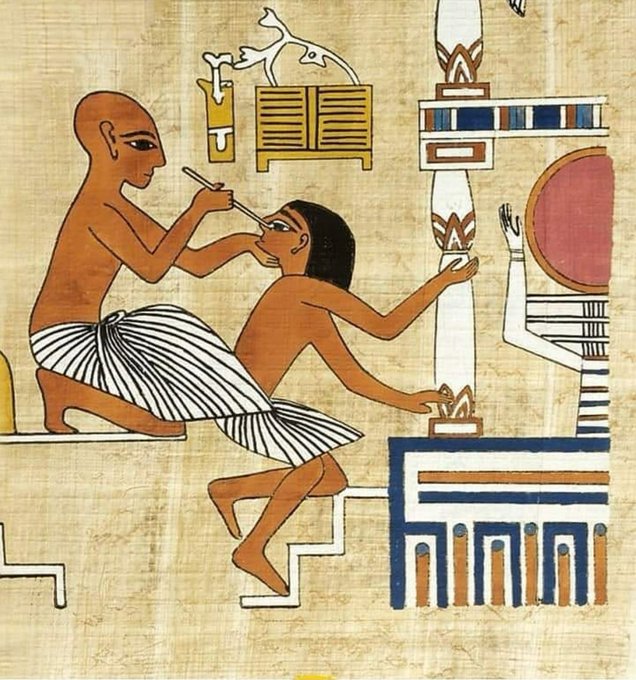
One of the earliest treatments for cataracts was couching, a surgical method seen in Egyptian temples and tombs. Maharshi Sushruta, an ancient Indian surgeon, described this technique around 800 B.C.E. in his treatise “Sushruta Samhita, Uttar Tantra.” The procedure involved using a needle to push the lens to the back of the eye, followed by soaking the eye in clarified butter and bandaging.
Couching: An Ancient Attempt at Cataract Treatment
Couching spread to China during the late West Han Dynasty, where it evolved into jin pi shu, combining with acupuncture by the Tang Dynasty. However, with the establishment of the Republic of China in 1911, the procedure faced increasing skepticism. As a result, it was criticized for its high complication rates and low success.
In the Western world, the earliest mention of cataract surgery appears in Aulus Cornelius Celsus’s work from 29 B.C., describing the couching method. Despite its historical significance, couching proved to be dangerous. It often led to severe complications, including blindness.
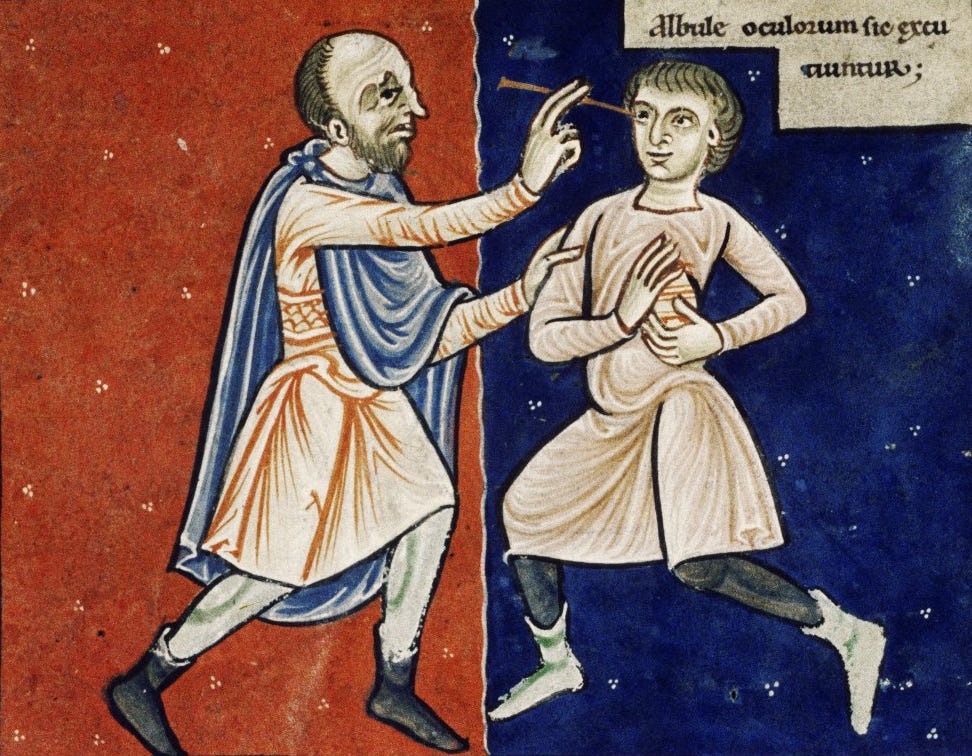 Cataract extraction surgery eventually replaced couching, utilizing suction devices to remove the lens. Jacques Daviel, a French ophthalmologist, achieved success in extracting cataracts in 1747, marking a significant advancement in the field. Albrech von Graefe introduced the “modified linear extraction” technique in the 19th century, further refining cataract removal procedures.
Cataract extraction surgery eventually replaced couching, utilizing suction devices to remove the lens. Jacques Daviel, a French ophthalmologist, achieved success in extracting cataracts in 1747, marking a significant advancement in the field. Albrech von Graefe introduced the “modified linear extraction” technique in the 19th century, further refining cataract removal procedures.
The breakthrough came with the introduction of the artificial intraocular lens by Sir Nicholas Harold Lloyd Ridley in 1949. Using polymethylmethacrylate (PMMA) as the material for the lens, Ridley’s success laid the foundation for modern cataract surgeries.
The advent of phacoemulsification in 1967 by Charles D. Kelman revolutionized cataract surgery. This technique employed ultrasonic waves to break down the crystalline lens nucleus, eliminating the need for large corneal incisions.
Patients experienced reduced pain and shorter recovery times, marking a significant leap forward in the evolution of cataract surgery.


Modern Marvels: Enhancing Cataract Surgery Today
From ancient practices like couching to the cutting-edge phacoemulsification, the journey of cataract surgery reflects the relentless pursuit of innovation in the field of ophthalmology. Today, advancements continue to enhance the effectiveness and safety of cataract procedures, ensuring clearer vision and improved quality of life for countless individuals around the world.





